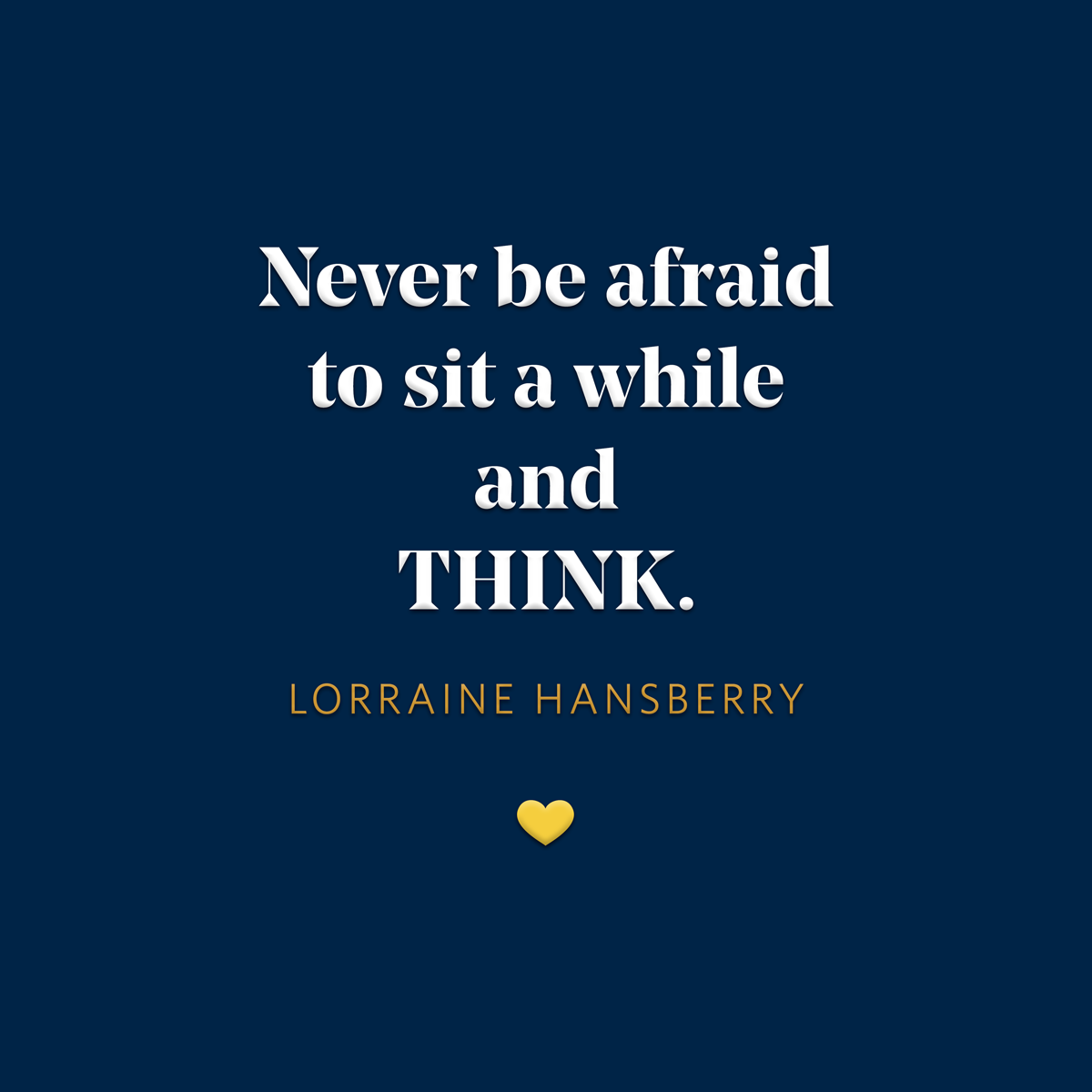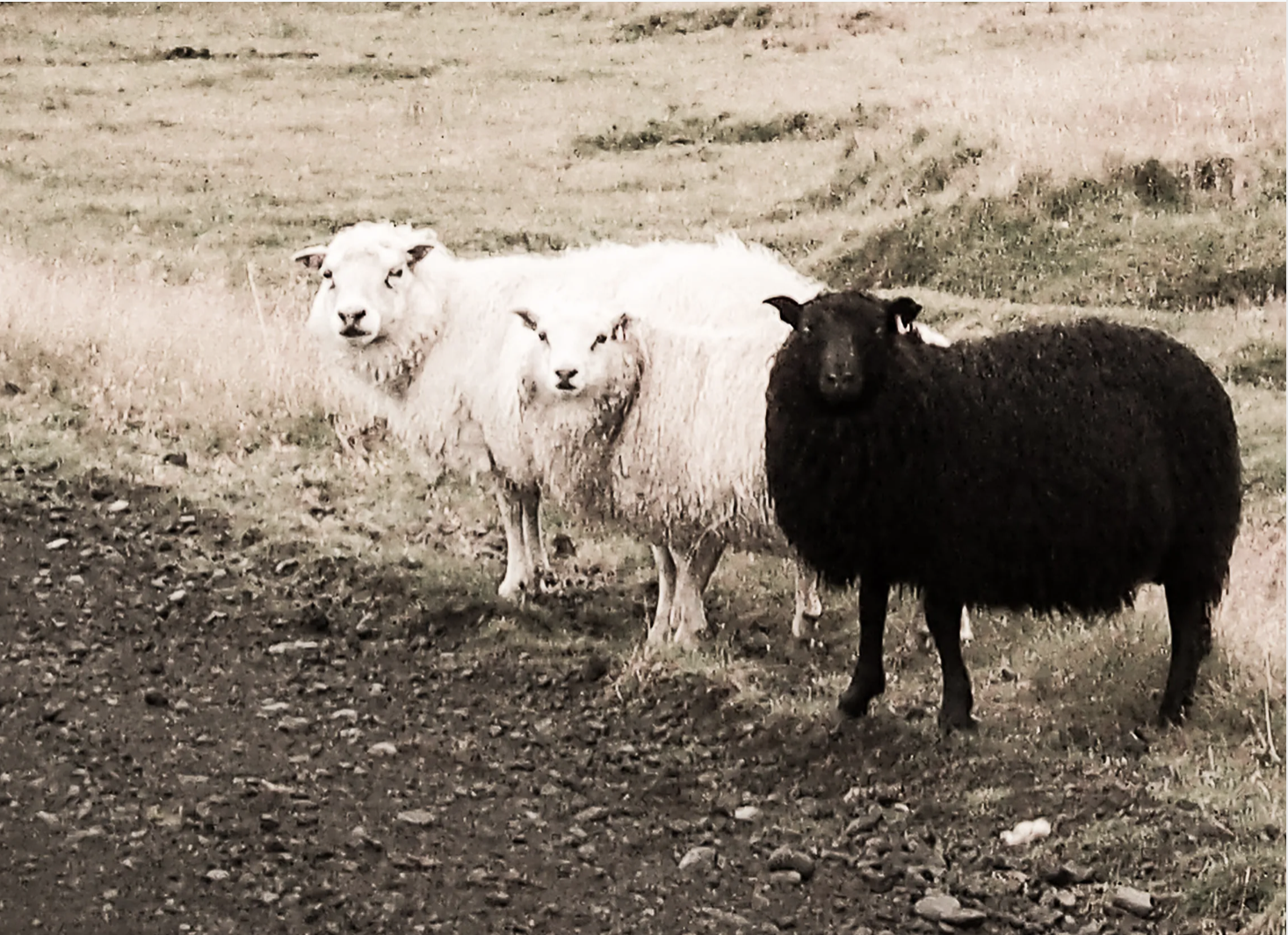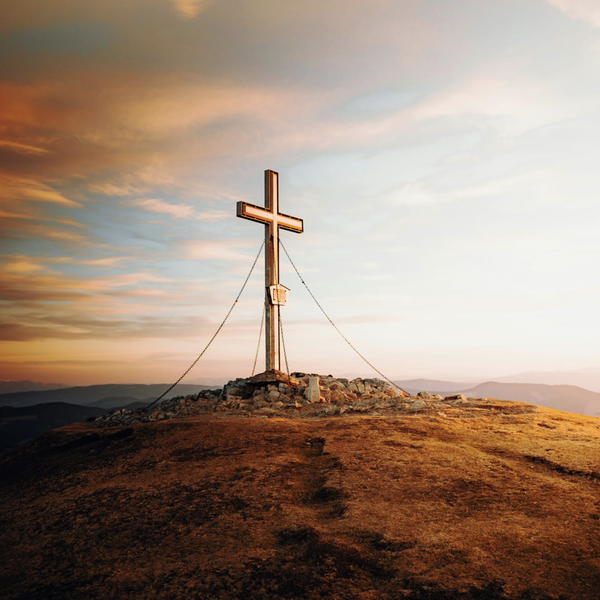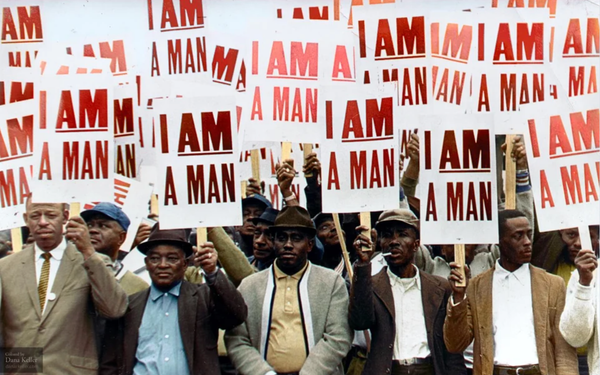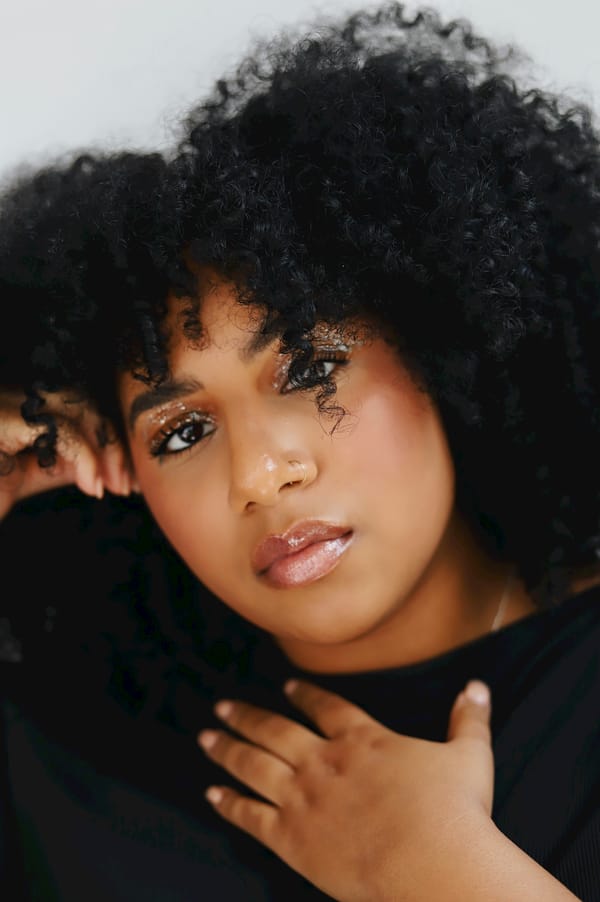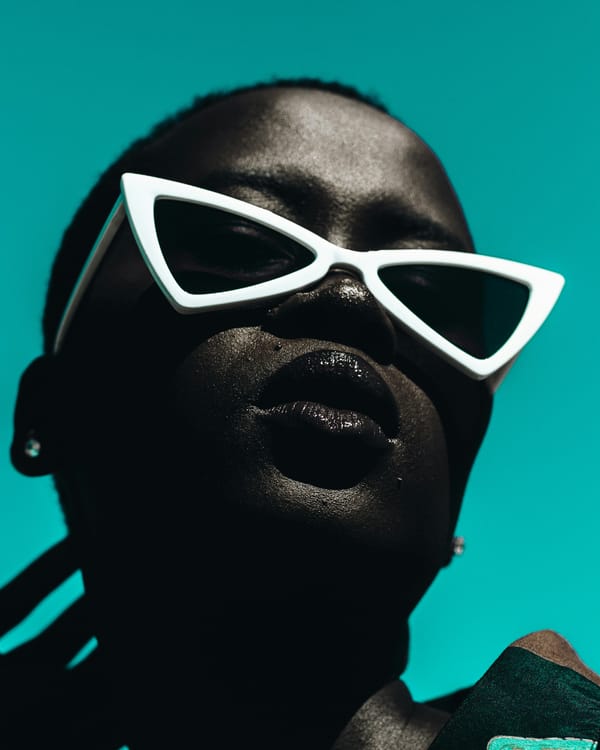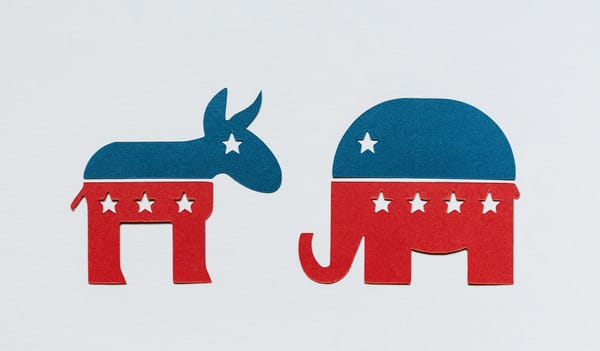Editor’s Letter
Are you kidding me? Tell me people have no doubt about what to do.
Of course, white Americans should speak out about racism. EVERY-FREAKING-ONE should be speaking out in support of leveling the playing field for Black Americans and all People of Color.
One Chorus, Many Voices
If all it took to end racism was for Black Americans to speak out about it, it would’ve happened already. Unfortunately, that’s not how racism works.
We all have a unique voice to lend to the chorus that speaks out against racism. Some people sing the melody, some bass notes, and others harmonies. Only you can deliver the message that is in your unique vocal range. There are messages that you can deliver as a white person to another white person that will resonate better because of your shared lived experience than if someone Black conveyed the same idea.
There are people on Medium who have learned about social justice in both academic and social work contexts, and the way they write about race relations blows me away because of their depth of knowledge and passion. And that’s okay because a learned or hands-on approach brings a new depth to the conversation that might otherwise be missed. This does not take anything from people with a more visceral approach to their writing or those who take a more detached approach to it. Still, we all need as many people as possible attacking the problem (not each other) to continue making headway. There’s more than enough racism out there for everyone to tackle in their own circle of influence.
In matters of race relations, your role as a white person is the same as that of any Person of Color: to do as much as you feel compelled to do. If you want to be an ally, be an ally. If you want to be an activist be an activist; but whatever you do, do it wholeheartedly, authentically, and for the right reasons. But as a white person, keep in mind: that it’s not about you. It’s about those who are oppressed by systemic racism.
Timing Is Everything
I’m sure there are plenty of non-Black people reading this who feel that they should keep their mouths shut regarding racism. Question for you: Why do you think that you should be silent when it comes to racism? People are dying in the streets. Literally. I’m not suggesting that you take a bullet for anyone, but if you’re willing to speak out in the name of social justice, no one has the right to say, “Be quiet. I/we got this.” And the best time for you to speak is when you feel you absolutely have to . . . be it in the morning on the subway platform, in the afternoon while grocery shopping, late night at the club, after work at the gym, even at the PTA, or yoga class.
It took me years to get to the point that I was willing to address racism in my writing and public speaking. Apparently, people are interested in what I have to write/say. Who knew?! And I’m sure there are plenty of people who are interested in what you have to say, as well.
If you feel you need to educate yourself, that’s probably true. Welcome to the club, my friend. Your membership card is in the mail. We all need to educate ourselves on this. No one knows it all. And the more we all try to broaden our point of view, the better off we’ll be.
Silence Gives Consent, Sort Of
I have a friend who feels his silence is viewed as support for the subjugation of his fellow humans who happen to have a certain skin color.
If that’s you and you’re okay with that, own it. But I must say, unless people tell you that they take your silence as tacit complicity, you won’t know. Remaining silent out of fear or because you don’t have the right words or you don’t know how to voice your opinion appropriately is not a bad thing. But to remain silent at a time when you know the right thing to say or do and choose not to is supporting subjugation.
Everyone has to figure out how involved they want to be for him/herself. If tweeting and sharing the concerns of black people is the extent of your activism, tweet and share with every fiber of your being, but do it respectfully. By doing so, you’re adding another form of activism that previously didn’t exist. Should I, as a black man, participate in demonstrations? Probably. But that’s way outside my comfort zone; I’ll write an article or respond to an email in a nanosecond, instead. You have to do what works most effectively for you.
Cultural Appropriation
There’s a lot of talk going on about this. How do you know if you’re getting too close to committing this blunder? My guess is that it comes down to how do you, as someone of a dominant group, intend to use the cultural elements of underrepresented groups? And do you understand the meaning of those elements about that group? If your intent is not forthright and honest, or you plan to “borrow” or use those elements as “props,” avoid co-opting those elements.
Here are a few questions to ask yourself:
- Is your allyship purpose primarily for monetary gain? [buzzer] Wrong answer!
- Does your allyship serve as a means to enlighten/educate/bring awareness? [ding-ding] Always a good answer!
- Does your activism involve denigration/mockery? [buzzer] Nope.
- Is your activism centered on personal enrichment or building character? [ding-ding] Can’t go wrong!
- Personal Dolezal-ization? [buzzer] Not sound, unless you’re looking to be nationally vilified.
- Are you seeking to act as an agent of positive change? [ding-ding-ding] You betcha!
And how does one do this? It’s simple but not always easy: Speak to people with respect and care. And practice active listening.
Love one another.
Clay Rivers
OHF Weekly Editor in Chief
New This Week
Why Organizations Fail at DEI

If you’ve ever been required to attend a diversity, equity, and inclusion (DEI) training, this exercise might be familiar to you. It’s called “The Privilege Walk.” What it really should be called is “Humiliating anyone who didn’t grow up in a stable home with easy access to books provided by college-educated parents.” During this exercise, you take a step forward if your answer to the question is “Yes” and backward if your answer is “No.” Easy enough, right? The exercise was part of a daylong workshop I attended at a university library outside of Los Angeles. About thirty of us participated in this particular exercise. Many of us identified as either Black or Hispanic. It was obvious as the exercise progressed that we nonwhite participants would very publicly be on the losing end. Here are some of the questions we were asked:
- If your family ever inherited money, step forward.
- If you grew up in an urban setting, step back.
- If you’ve ever been questioned by the police, step back.
- If your ancestors were forced to come to this country, step back.
- If English is your first language, step forward.
It went on forever. I could feel the restlessness of the Black and Brown people around me. When it was over, almost every one of us had moved to the back of the group, and almost every white person had made it to the front. I wondered who decided this was a good exercise and what was the point. What discussions would come out of calling out marginalized employees with questions that only see us as victims of our circumstances? As usual, the white people walked away virtually unscathed while the rest of us, seething, returned to our seats.
To say it was uncomfortable is an understatement. I was angry. And it wasn’t just because my colleagues now knew private aspects of my personal life they had no business knowing. I was angry that the questions relegated us to our experiences. I knew this would only hurt whatever relationships we had with white people. Plus, there wasn’t any follow-up to the exercise or to any other part of the training. Apparently, the DEI workshop box was checked, and the organization was done for the year. I wish I could say this was the exception and not the rule. But I can’t.
Read the complete article at OHF Weekly.

What Did Christmas and New Year’s Mean to the Enslaved?
A different kind of holiday season.
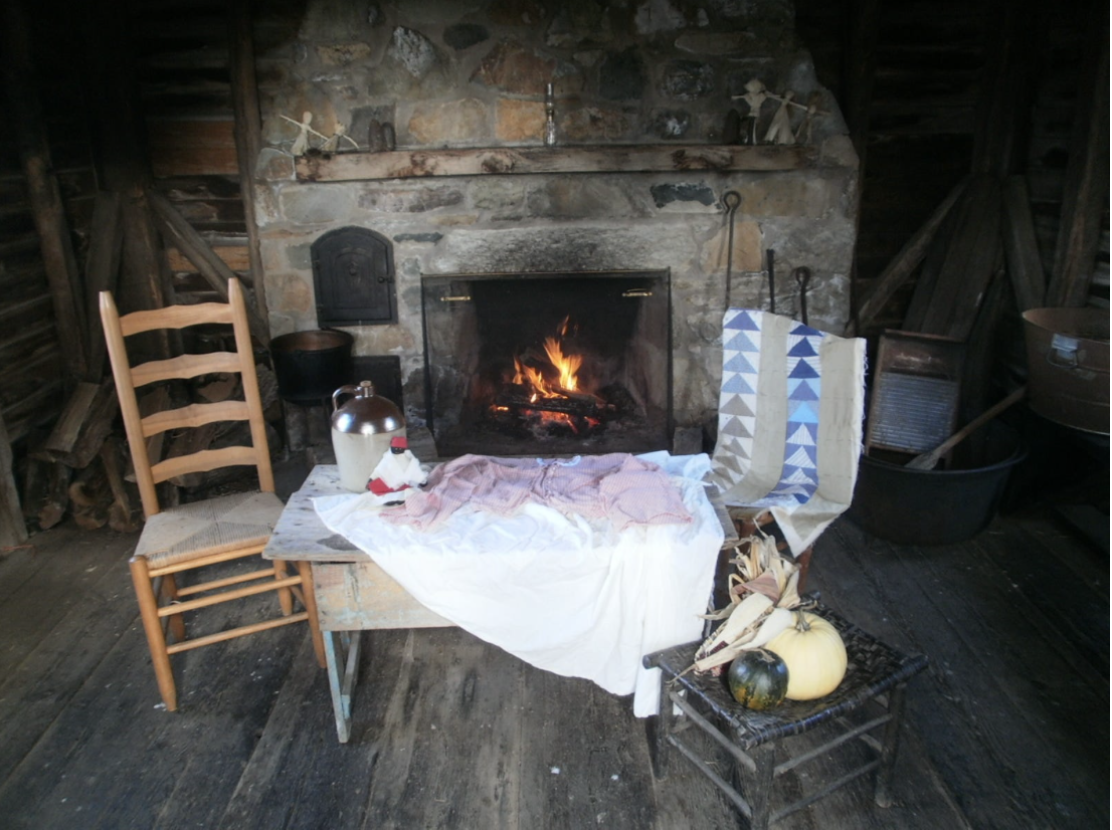
Christmas Day was the immediate focus during my childhood, with New Year’s Day being the afterthought. The hopes and expectations of presents filled the months before Christmas. What toys would I receive? There was also the religious component, learning my part in the church play and participating in school concerts. New Year’s Day signaled the countdown for returning to school and that vacation would soon be over.
As an adult, New Year’s took on greater significance. Some years, I made resolutions reflecting the best intentions, though the will to follow through wasn't a given. Gifts became more about giving than receiving. But both as an adult and child, it was primarily the Christmas season, with New Year's coming in a distant second.
For the enslaved, Christmas and New Year’s also had special meaning. Christmas on some plantations did have some positives for the enslaved people. They might be allowed to sing, dance, and possibly mingle with relatives from other plantations. They might even receive small gifts from the master designed to instill loyalty and productivity.
“I killed twenty-eight head of beef for the people’s Christmas dinner, I can do more with them in this way than if all the hides of the cattle were made into lashes.” —White overseer as related by the historian Stephen Nissenbaum
Then again, the enslaved might be the gift. There are multiple documented cases of enslaved people given as gifts to family members or business partners on Christmas, including Louis Hughes, author of Thirty Years a Slave.
Read the complete article at OHF Weekly.

Why Racism Remains Alive in Public Education
According to the Government Accountability Office, in the school year 2018–19, one in four students experienced bullying related to their race, national origin, religion, disability, gender, or sexual orientation.
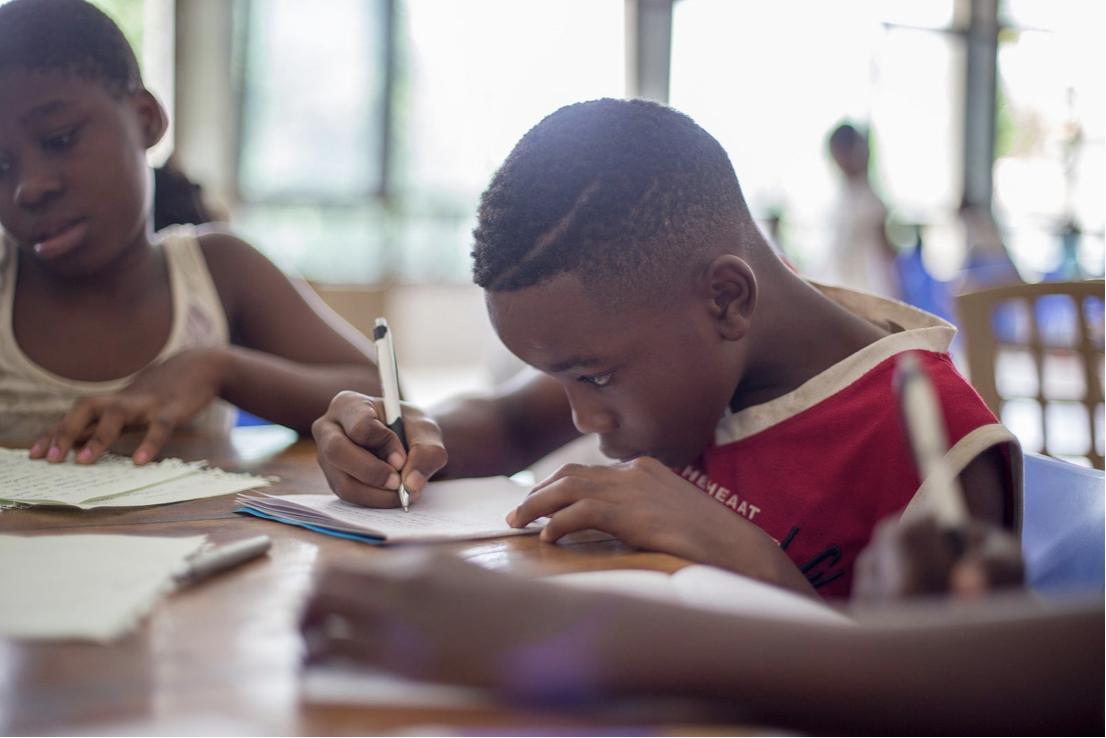
I am a reader and watcher of the news. Before cell phones gave us instant access to the world’s news, I was an ’80s kid watching Tom Brokaw on the evening news. He did that job from when I was eleven in 1982 until I was thirty-three in 2004. Today, the news is relayed instantly to my smartphone.
Usually, as part of my morning routine, I check my morning summary for the day’s early headlines or exciting news tidbits. One particular story caught my attention because it was about racism in a public school, and it occurred practically in my backyard—three hours from home in Illinois.
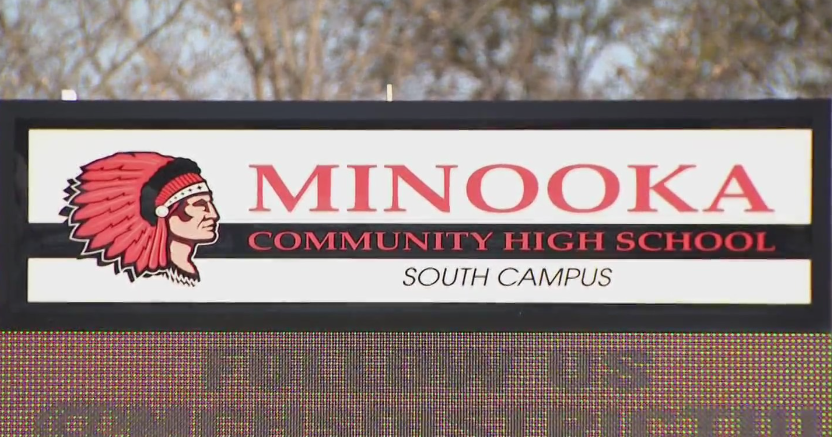
I was stunned by what I listened to in the video, but I was not surprised. A white student in a local Minooka, Illinois, high school used an app to make whipping noises toward two Black students. There was an image of a bullwhip on the phone. The teens said it made them feel uncomfortable and that the white student was yelling horrible words at them and calling them monkeys. The mother of the second student filed a lawsuit in 2019 because her son was threatened with lynching by a white student. The court matter was settled, but the district’s policies against hate and racism have not improved. The parents weren’t informed when the issue occurred.
The leadership hasn’t done enough to curb racism in their school. Furthermore, the same mom who sued and won is having racist attacks lobbied against another one of her children. How is this even possible?
Read the complete article at OHF Weekly.

Course Examines How Newspapers Covered Lynchings
Student journalists are using spreadsheets and databases to examine one of the darkest chapters in American history.
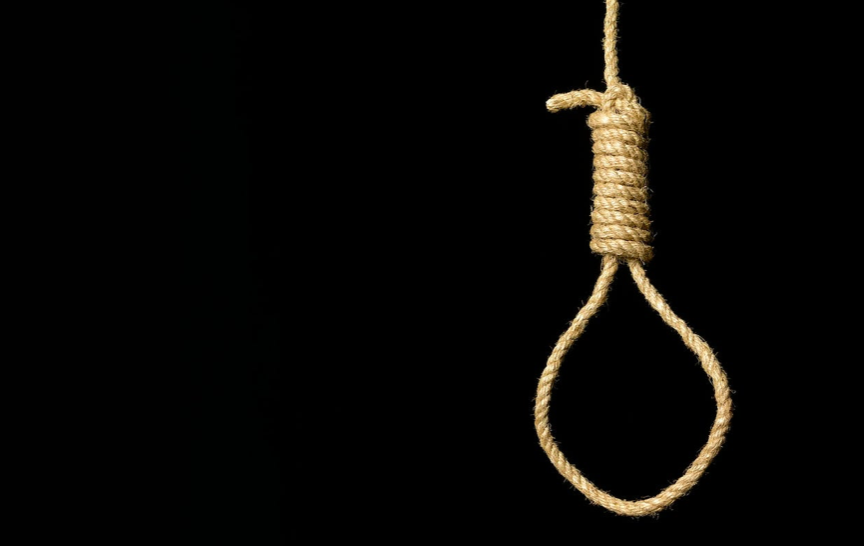
By Rob Wells
Associate Professor, University of Maryland
Uncommon Courses is an occasional series from The Conversation U.S. highlighting unconventional approaches to teaching.
Title of Course:
Lynching and the Press
What Prompted the Idea for the Course?
One of my students was reviewing a spreadsheet that listed total lynchings by state. She exhaled, and then, with a bit of weariness, said, “Mississippi, goddamn.”
She was trying to comprehend the enormity of violence against the Black population of Mississippi: 823 lynchings from 1865 to 2011, according to the Tolnay-Beck and Seguin lynching inventories, two of the main academic resources in this field. She is one of thirteen University of Maryland journalism students digging through historic newspaper articles and data tables this semester to learn about how U.S. newspapers covered lynchings.
The class is an extension of an award-winning 2021 student journalism project called “Printing Hate,” published by the Howard Center for Investigative Journalism at the University of Maryland, which examined various case studies of lynching coverage.
My class is taking a much longer view of this kind of journalism, using big data tools to examine newspaper coverage of lynchings from 1789 through 1963. In the process, students will gain important insights about our country’s history. They are learning about the societal context that allowed more than 5,000 mob-driven murders of Black citizens to happen and how some mainstream news coverage reinforced the violent white supremacy of these events. Newspapers, for example, frequently used dehumanizing language to describe the lynching victims as “fiends” or “black brutes.”
Read the complete article at OHF Weekly.
Final Thoughts
